9:00am - 5:00pm CST


|
Customer Service, M - F : (630)739-5200 9:00am - 5:00pm CST |
 |
||
|
|
|||

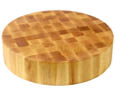
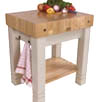

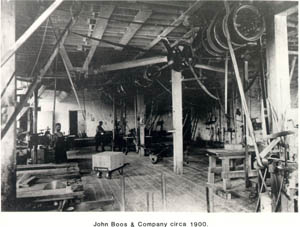
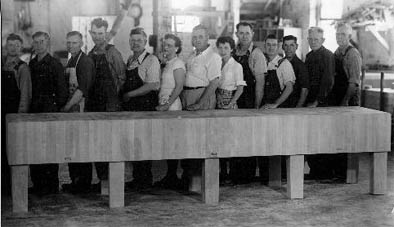
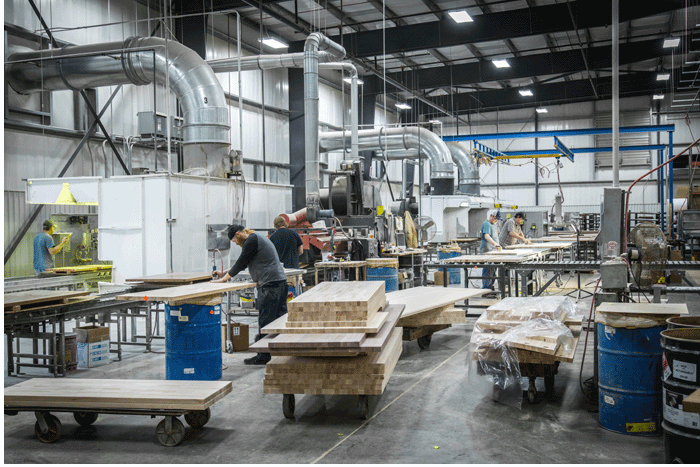
|
|
Copyright 1999 - 2020 Chef Depot Inc.
All Rights Reserved.
Legal Notice and Copyright
Customer
Service - E-mail us " John Boos " or phone:(630) 739-5200
![]()
Customer Feedback